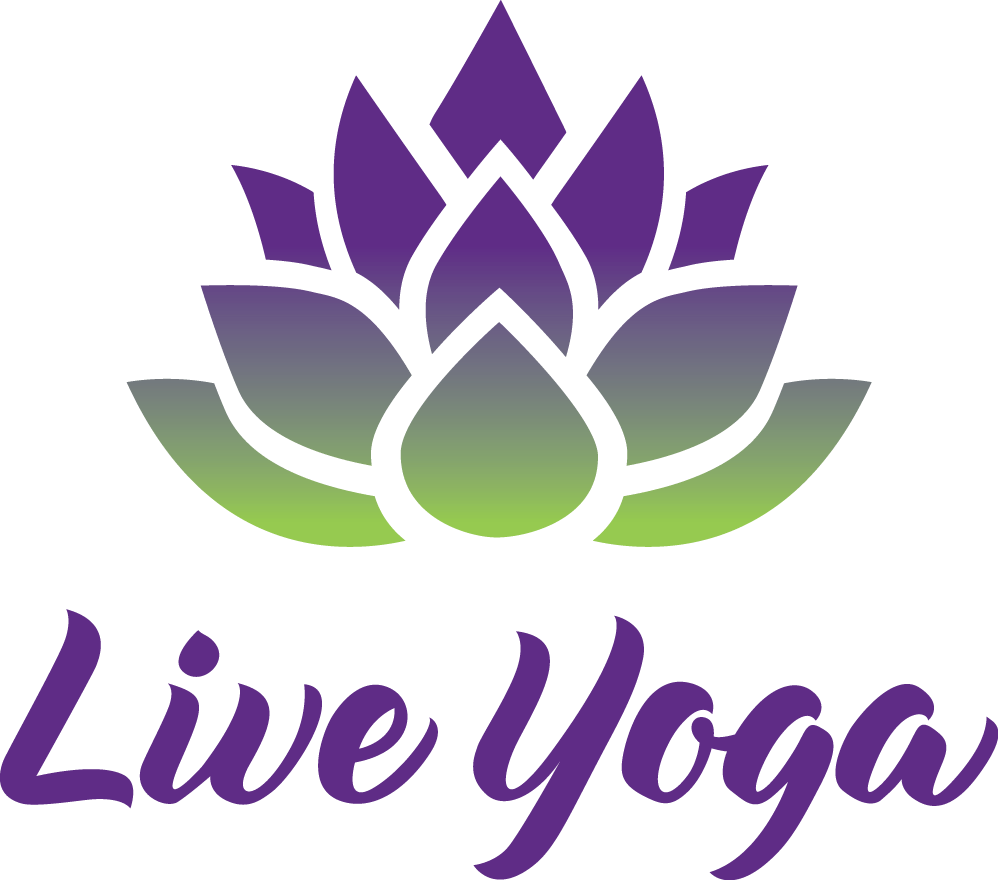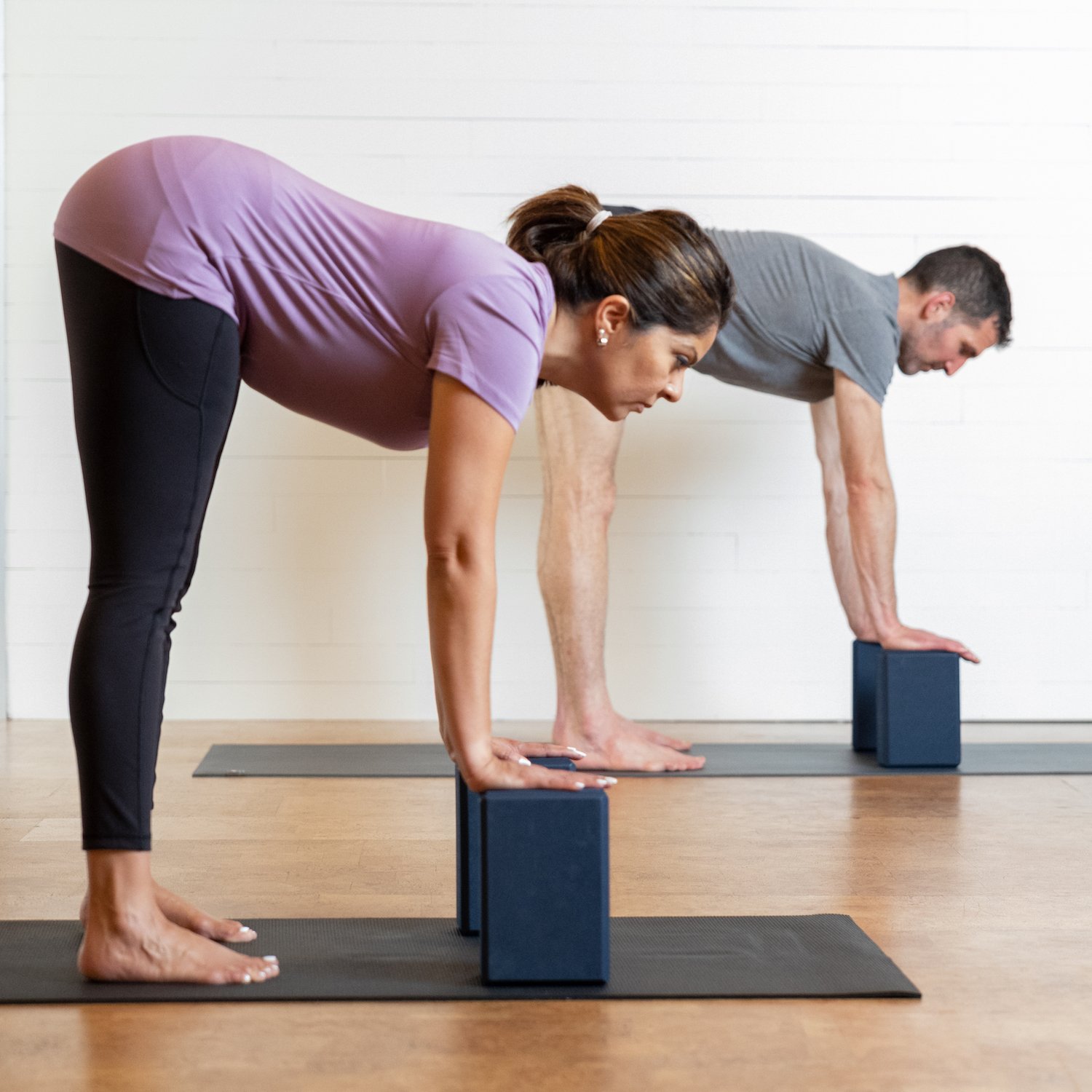Five Reasons Yoga Can Help Alleviate Back Pain
You may have heard that doing some yoga, improving your core strength, or stretching out your tight muscles is good for your posture, can alleviate back pain, and improve your health. But why is yoga such an effective therapy when dealing with back pain, pour posture, and overall discomfort? We have narrowed down five reasons yoga just might be the perfect therapy to get you out of pain and living your best life! Have a read and find out. You may just book your next class sooner than later.
1. Practicing with care and intent
When first walking into a yoga class, we often don’t dive into yoga philosophy. Although we probably should as there are some very helpful teachings in the Yamas, particularly Ahimsa (non-harming) and Sauca (honesty) are helpful when starting a yoga practice. Approaching any activity including yoga with the mindset of causing no harm (to ourselves or to others) encourages us to act with care, compassion, curiosity, and understanding. We have to practice Ahimsa when we learn yoga postures that stretch and strengthen our body to stay safe and promote healing. Being honest with ourselves about our goals and how we are feeling in yoga postures in real time is also important. It can be a reality check for our ego wanting to do the advanced postures, or ‘be like our neighbour’ in class. Honesty and truthfulness are ethics that hold us accountable to our own felt experience, so we don’t overdo it and end up in pain or discomfort.
2. The Breath
You’re probably wondering where stretching fits in. Well it is a good idea to learn to relax and breathe well before we start stretching it out. If you’re like 99.9% or us who experience back pain, there is likely some stiffness and tension that needs to be released and the breath can help. Taking even a minute to get comfortable and do simple relaxed breathing through the nose is extremely effective at relieving tension and pressures in our body that build through the day before beginning yoga postures. Stress is common in our lives and stress equals tension. Breathing is scientifically shown to reduce stress (aka high cortisol levels in our body) and improve cognition. Read more in this PubMed study on The Effect of Diaphragmatic Breathing on Attention, Negative Affect and Stress in Healthy Adults. Breathing well also slows us down, quiets the mind, and settles the nervous system so we can pay attention and practice yoga postures more effectively.
3. Modifying to our Ability
Many classic yoga poses are not appropriate whatsoever when experiencing back pain. Full forward bending poses, challenging balance poses, seated poses, and back-arching postures are a burden for a back in pain. This is where modifications to our yoga postures are needed to get the full benefits and of course, practice ahimsa non-harming. Using yoga props like blocks, blankets, bolsters, straps, chairs, a wall, or even our couch or bed are helpful at making inappropriate yoga poses therapeutic for students by adapting the shapes to what our body is capable of (pain free of course). Adapted Yoga, along with a good teacher, helps students understand the fundamental actions and alignments required to learn and perform healthy yoga poses without over-burdening our sore back. Often when there is control, comfort, and an agreeable movement or muscular engagement, back pain disappears. Relieving pain through good and appropriate yoga is empowering and gives students confidence to happily continue their practice.
4. Self-study
Once we have some success in doing yoga comfortably and without pain, we can notice where we may have a postural habit, or tight muscle that is causing some issue in our body. This is the real magic of yoga: when students can address an issue or struggle in their body and find some understanding of what could make things better. This may be doing a standing forward bend with hands on blocks rather than the floor to relieve intensity or pain in our backs. Also, it could mean realizing that some postures should be skipped completely and instead, concentrating on practicing preliminary poses that one day will help us perform the poses causing an issue. All of this asks us as students to slow down and study our body, our reactions to each position, and our mental frame of mind when doing our yoga.
5. Mindfulness
Mindfulness is such a common phrase today that sometimes we take for granted how important it is to pay attention. In yoga philosophy, one of the stages of meditation is called Dyhana and is described as the practice of stilling the mind in order to watch the comings and goings of thought without getting caught up in them (ie. the monkey mind!). In other words, being able to slow down and pay attention. To focus. The practice of Diyana (aka mindfulness) is potent when we can observe things in our daily lives - our posture, and our habits that might be causing or encouraging our back pain. Take a second and consider if you are getting enough sleep, eating well, moving your body, or even if your work life is causing extra stress (and tension). Our yoga practice doesn’t stop on our mat when doing poses, relaxations, or meditations - it can help all facets. When we pay attention, we can notice postural habits to improve upon daily (thanks to our great experience in yoga class) and even make little changes in our day so we don’t carry around a pile of tension and stress in our mind or body.
We hope these 5 insights into practicing yoga for a healthy back get you on your way to feeling your best. Maybe you’re on your way now to book your next class at your local studio.
If you want a little taste of some simple and effective yoga for when your back is stiff and sore try out this class with our teacher Sean O’Leary. (Coming Soon)


